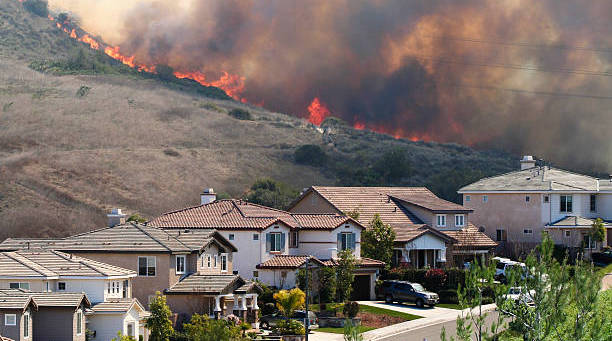The warming climate we are experiencing in the US is expected to increase wildfire risk and, consequently, exposure to smoke. Studies have shown that short-term exposure to fine particulate matter (PM2.5) generated by wildfires is linked to increases in respiratory symptoms, and respiratory hospital admissions, as well as increases in risk and severity of respiratory viral infections. A recent article in Science Advances explores the relationship between exposure to PM2.5 produced by wildfire smoke and increased risk of COVID-19 cases and deaths.
The research team for the study, led by Professor Francesca Dominici and with the participation of Biostats postdoc Kevin Josey, linked publicly available daily data on PM2.5, the number of COVID-19 cases and deaths, and other confounders including weather, seasonality, long-term trends, mobility, and population size for 92 western U.S. counties that were affected by the 2020 wildfires. The team estimated the percentage increase in COVID-19 cases and deaths associated with a daily increase of 10 μg/m3 in PM2.5 for 28 days for each county and pooled across all counties. They also estimated the percentage of COVID-19 cases and deaths attributable to exposure to high levels of PM2.5 during the 2020 wildfires for each county.
Though indicating large heterogeneity across counties, the research uncovered strong evidence that wildfires increased the effect of short-term exposure to PM2.5 on COVID-19 cases, with nearly 20,000 extra coronavirus infections and 750 Covid-19 deaths associated with exposure to wildfire smoke between March and December. The study, which has been covered extensively (see articles in CNN, NYTimes, and National Geographic), not only effectively illustrates the systemic and contingent nature of crises, but also has important implications for the future, given the wildfires already raging in 2021.




